Hi, I’m Jen Yackley, Partner and Attorney with Meuser, Yackley & Rowland, P.A., and I’m here to talk to you today about filing first reports of injury when you’ve sustained a work-related injury. I’m going to delve a little deeper into this topic because there are a couple of types of claims where you have to really be careful as far as what is reported and the timing that is associated with reporting those types of injuries.
When you suffer a work-related injury in Minnesota, one of the most critical steps to secure your workers’ compensation benefits is filing a first report of injury (FROI). This document is the official notification of an injury, allowing you to access medical treatment and wage replacement benefits.
Many injured workers mistakenly believe that their employer will take care of everything or that a verbal report to a supervisor is sufficient. This misconception can lead to delays, denied claims, or insufficient benefits, making understanding your rights and responsibilities essential when dealing with work-related injuries and the filing process.
In this article, we will cover the basics of the first report of injury, identifying work-related injuries, notifying your employer, documenting your injury, completing and submitting the FROI form, and seeking legal assistance when necessary. Understanding and following these steps can help ensure your claim is processed smoothly and your benefits are secured.
What Is a First Report of Injury?
Before diving into the process, it’s essential to understand what a first report of injury is and why it’s so important.
Definition and Purpose
The first report of injury is a document that officially notifies your employer, their insurance company, and the Minnesota Department of Labor and Industry of a work-related injury. It serves as the starting point for your workers’ compensation claim, and its purpose is to ensure that your injury is documented correctly and your rights to benefits are protected.
Benefits of Timely and Accurate Reporting
Prompt and accurate reporting of your injury is crucial for several reasons. First, it can help expedite your access to medical care and wage replacement benefits. Second, it helps prevent disputes or delays in processing your claim. Finally, timely reporting allows you to comply with statutory deadlines and protect your right to workers’ compensation benefits.
Legal Obligations
Under Minnesota law, you are required to report a work-related injury to your employer as soon as possible but absolutely no later than 180 days from the date of the injury or the date you knew or should have known that your injury was work-related.
The statute provides three different time periods to provide notice: 14 days, 30 days, and 180 days and imposes increasing penalties the longer an employee takes to provide notice.
It is important to note, however, the period to provide notice is different for occupational diseases such as cancer, heart conditions, and post-traumatic stress disorder. An employee has three years to notify their employer that they have sustained an occupational disease.
It is important to consult with an attorney to ensure that you are providing notice to your employer within the required timeframe. Failure to report within this timeframe may result in the denial of your claim.
Identifying a Work-Related Injury or Illness
If you suffer a work-related injury or illness, seeking immediate medical attention is crucial. Not only is this important for your health, but it also creates a medical record of your injury, which can be invaluable in establishing your workers’ compensation claim.
Types of Work-Related Injuries
Work-related injuries vary widely, from minor cuts and bruises to severe accidents resulting in long-term disability. Common types of work-related injuries and illnesses include, but are not limited to:
- Repetitive strain injuries (RSIs) – injuries caused by repetitive movements, such as carpal tunnel syndrome, also known as Gillette injuries in workers’ compensation law.
- Slip and fall accidents – injuries caused by slipping, tripping, or falling at the workplace.
- Occupational diseases – illnesses caused by exposure to hazardous substances or conditions at work.
- Vehicle accidents – injuries sustained in work-related motor vehicle accidents.
- Overexertion – injuries caused by lifting, pushing, or pulling heavy objects.
- Psychological injuries and illnesses – mental health conditions arising from work-related incidents or environments, such as post-traumatic stress disorder (PTSD), or anxiety or depression related to a physical injury.
Determining if an Injury Qualifies
An injury qualifies as work-related if it arises out of and in the course of your employment. This generally means that the injury occurred while performing your job duties or engaging in work-related activities. If you’re unsure whether your injury is work-related, it’s best to consult with a knowledgeable work injury attorney for guidance.
When to File a First Report of Injury
The need for an FROI is triggered when an employee sustains a work-related injury or illness that requires medical treatment beyond first aid or results in lost work time.
Employers and employees must be vigilant about reporting requirements. Failure to file a timely and accurate FROI can lead to delays or denial of workers’ compensation benefits, penalties, and potential legal disputes.
In Minnesota, adhering to the established timeframes for reporting work-related injuries or illnesses is essential.
Employees should notify their employer of their work-related injury as soon as possible, ideally within 14 days, but absolutely no later than 180 days for personal injuries and no later than three years for occupational diseases.
On the other hand, employers must file the FROI with the DLI within ten days of receiving the employee’s notice for most cases. However, if the injury results in the employee’s death, the employer must file the report within 48 hours.
Notifying Your Employer
Informing your employer as soon as possible helps ensure that your workers’ compensation claim is processed promptly. The prompt notification also allows your employer to take necessary steps to address any safety issues in the workplace and prevent similar incidents from occurring in the future.
Provide all relevant details about the incident, including the date, time, location, how the injury occurred, and any witnesses present. The more information you can provide, the better your employer will be equipped to investigate the incident and process your claim.
Be sure to document the conversation in writing (either in an email or text message), including the date, time, and the person you spoke with. This documentation can serve as evidence for any disputes or discrepancies later in the claim process.
Documenting the Injury
Properly documenting your work-related injury supports your workers’ compensation claim. Accurate documentation helps establish the cause, nature, and extent of your injury, which can be crucial in determining your eligibility for benefits and the level of compensation you receive.
Maintaining a detailed injury journal can be invaluable in supporting your workers’ compensation claim. In your journal, record the date of your injury, the circumstances surrounding the incident, and any pain or symptoms you experience.
Also, document all medical appointments, treatments, and any communication with your employer, their insurance company, or other relevant parties. This journal can be a vital resource when recalling details or providing evidence to support your claim.
To document your injury thoroughly, gather relevant evidence that can support your claim, such as:
- Photos or Videos: Capture images or videos of the accident scene, any hazards or dangerous conditions contributing to your injury, and your injury itself (ex., photos or bruising and swelling). Visual evidence can be compelling in supporting your claim.
- Witness Statements: Obtain statements from any witnesses to your injury, including coworkers or bystanders. These statements can corroborate your version of events and help establish the work-related nature of your injury.
- Medical Records: Keep copies of all medical records related to your injury, including diagnoses, treatment plans, and any restrictions or limitations recommended by your healthcare provider. These records can provide crucial evidence of the severity and work-relatedness of your injury.
Filing the First Report of Injury Forms
Filing the First Report of Injury Forms
The FROI serves as the foundation of the workers’ compensation claim. It initiates the process and helps determine the injured employee’s eligibility for benefits.
Fill out the first report of injury form with complete and accurate information. Be sure to include all relevant details about the incident and your injury, such as:
- Personal information: Your name, address, phone number, and Social Security number
- Employment details: Your job title, employer’s name and address, and a description of your job duties
- Incident specifics: The date, time, and location of the injury, along with a detailed description of how it occurred
- Injury description: The type of injury, affected body part(s), and any medical treatment received
- Witness information: The names and contact information of any witnesses to the incident
Take your time and double-check the information to ensure it’s accurate and complete. Incomplete or incorrect information can delay the processing of your claim or even result in denial.
From there, you must submit the form to your employer, who will forward it to their workers’ compensation insurance carrier. Sometimes, you may need to submit the form directly to the insurance company or the Minnesota Department of Labor and Industry. Keep a copy of the submitted form for your records.
It’s important to keep track of deadlines for filing the FROI, as failure to submit within the required time frame may jeopardize your claim.
Follow-Up and Monitoring Your Claim
Once your claim is submitted, you’ll need to keep a close eye on it to ensure everything progresses smoothly and you receive the benefits you’re entitled to.
Staying engaged in the process demonstrates your commitment to resolving the claim and helps prevent unnecessary delays or complications. Active involvement also ensures you’re aware of any developments in your claim and can promptly address any issues.
One way to stay engaged is to maintain open lines of communication with your employer and their workers’ compensation insurance carrier. Provide any additional information or documentation they request and keep them informed of your medical progress. Record these communications, including the dates, times, and topics discussed.
Seeking Legal Assistance
Don’t wait to get an attorney involved if you have a Minnesota workers’ compensation claim. The process can be complex, and you want to be sure you receive the full benefits to which you are entitled.
Contact Meuser, Yackley & Rowland, P.A. for a free, confidential, no-obligation consultation and claim evaluation. At Meuser, Yackley & Rowland, we keep our clients informed of the process and what to expect each step of the way. Call us today at 1-952-288-4667.








